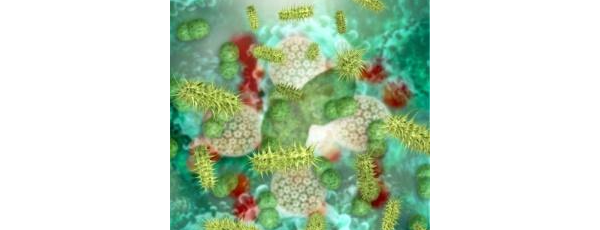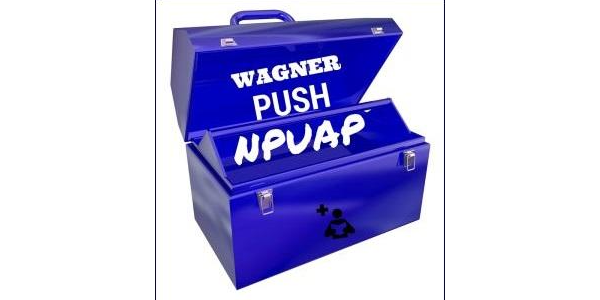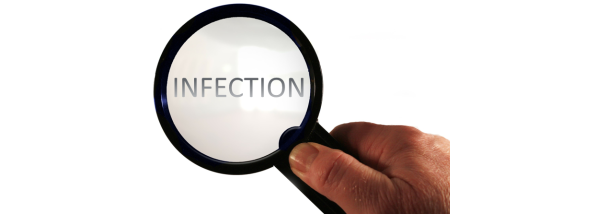Methods of Wound Debridement
July 23, 2015
There are four main types of debridement: mechanical, autolytic, enzymatic, and surgical. Each has its own advantages and disadvantages. Let’s take a look at each method individually:
Mechanical Debridement
Mechanical debridement is one of the oldest forms of wound debridement. This method uses a procession of moist to wet dressings, which are then manually removed. This causes non-selective debridement of necrotic tissue and slough (and sometimes healthy tissue as well). Hydrotherapy and irrigation methods are also considered forms of mechanical debridement. Mechanical debridement is best suited to wounds with large amounts of necrotic debris. A recent advancement in mechanical wound debridement devices is the use of a monofilament fiber pad. This pad is designed to bind with slough, hyperkeratotic debris and dried exudate for removal from the wound bed. Advantages
- Cost-effective due to the fact that gauze is the material most frequently used for this procedure
- Dressing changes are simple so the patient can be taught to change their own dressing
Disadvantages
- May remove healthy (healing) tissue as well as devitalized tissue
- Time-consuming as the dressings must be changed often (or the patient must spend a lot of time in the whirlpool bath to achieve the desired goal)
- Can be quite painful for the patient
- Infection is a risk when whirlpools are used due to waterborne contamination
Autolytic Debridement
Autolytic debridement uses the body’s own processes (enzymes and moisture) to break down tough eschar and slough. It does not damage healthy skin, but breaks down dead and devitalized tissue over time quite effectively. The idea behind autolytic debridement is to keep wound fluids in constant contact with the wound. This is achieved with the use of semi-occlusive or occlusive dressings such as transparent films, hydrogels and hydrocolloids. This method can be used on stage ll or lll wounds that are not heavily exudative. Advantages
- No damage to surrounding skin; is selective for necrotic tissue
- The process is safe because it uses the body’s natural processes to rid the wound of necrotic tissue
- Easy to perform
- Very effective
- Not painful for the patient
Disadvantages
- The process takes time (may take days to weeks)
- The wound must be routinely monitored for signs of infection
- Anaerobic growth may occur when an occlusive dressing is chosen
Enzymatic Debridement
Enzymatic debridement utilizes chemical agents to break down necrotic tissue. They are most useful for debriding wounds with a large amount of necrotic or eschar formation. Advantages
- Works faster than autolytic debridement
- If properly applied, there is little risk to healthy tissue
Disadvantages
- The patient must have the chemical agent prescribed and it may be fairly expensive
- Care must be taken to ensure healthy tissue does not come in contact with the chemical agent
- A secondary dressing may be required to absorb exudate
- Chemical debridement may cause some discomfort to the patient (i.e., burning sensation, increased wound pain)
Surgical Debridement
Surgical debridement uses sharp instruments (such as a scalpel) or a laser to remove necrotic tissue from the wound bed, either at the patient’s bedside or in an operating room under general anesthesia. This method is best for very large wounds with a lot of necrotic material and infected material. Advantages
- Excellent control over what and how much tissue is removed
- Fastest way to achieve a clean wound bed
- Can speed the healing process
Disadvantages
- Not cost-effective if an operating room is required
- General anesthesia carries its own risks
- Painful for the patient
Other Mechanisms of Wound Debridement
A fifth type of wound debridement is biological debridement using maggots that have been grown in a sterile environment. The maggots eat only necrotic tissue, thus this type of therapy can be thought of as selective. This method is gaining in popularity, but some patients find the method somewhat painful and their perception of maggots may stand in the way of using this method of debridement. These methods are the common methods of debridement available today. In deciding which method is best for your patient, a careful weighing of advantages and disadvantages is necessary. Almost all of these methods can be painful, therefore pain control should also be factored in to your decision.
Editor's Note: This article was originally published on August 19, 2013 and has been updated for accuracy and comprehension.
Sources:
Moore, Zena (2012). The important role of debridement in wound bed preparation. Wounds International, volume 2 issue 2. Available at: http://www.woundsinternational.com/pdf/content_10389.pdf
Strohal R, Dissemond J, Jordan O'Brien J, et al. EWMA Document: Debridement. An update overview and clarification of the principle role of debridement. Available at: http://ewma.org/fileadmin/user_upload/EWMA/pdf/EWMA_Projects/Debridemen…
About The Author
Laurie Swezey RN, BSN, CWOCN, CWS, FACCWS is a Certified Wound Therapist and enterostomal therapist, founder and president of WoundEducators.com, and advocate of incorporating digital and computer technology into the field of wound care.
The views and opinions expressed in this content are solely those of the contributor, and do not represent the views of WoundSource, HMP Global, its affiliates, or subsidiary companies.











